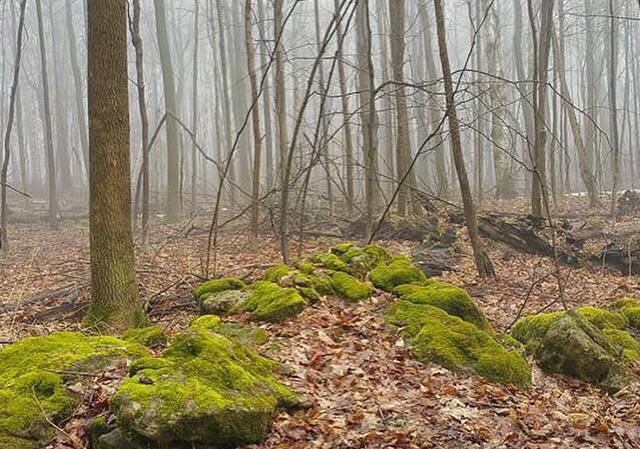It’s official – fall is here and winter is coming. It’s rainy and grey outside today in Toronto and I just want to stay inside, wrap myself in layers of wool, and cozy up on the couch, preferably near a fireplace. Sometimes, that’s exactly what this naturopathic doctors orders, but every day, I’m still pushing myself to gear up and get outside.
Like many, I can struggle with some seasonality to my mood. In the summer, I feel happy and energetic and alive, mostly without even thinking about it. Winter can be more of challenge. The energies of the natural world slow to a snail’s pace, and so do I. I can lose a little bit of inner drive and motivation and joyfulness and that’s exactly why it’s even more critical for me to get outside in nature every single day.

Walking in nature has been shown to improve mood and short-term memory in people with depression. Hanging out with trees, forests, streams and beaches helps decrease our tendency towards rumination (those pesky, repetitive, negative thoughts). When researchers test brain activity on people with depression and anxiety when they are forest bathing, they consistently find that brain activity shifts away from the patterns associated with mental illness.
The healing power of nature is powerful, and it’s pretty much free. If you have a tendency to get the winter blues, make sure you start setting up a routine now to see you through this year with the lightness of falling leaves or the strength of conifers standing tall against the harsh wind of the Great Lakes.
It seems ridiculously simple, but forest bathing, or any variant of nature exposure, can help lift your mood, increase your focus, and decrease negative thoughts. As the American naturalist John Burroughs said, “I go to nature to be soothed and healed, and to have my senses put in order.”
While you’re outside, get mindful and inspired and playful. Make maple leaf roses or pine needle baskets, or use one of the mindfulness exercises on my blog or in my upcoming book all about forest bathing.






